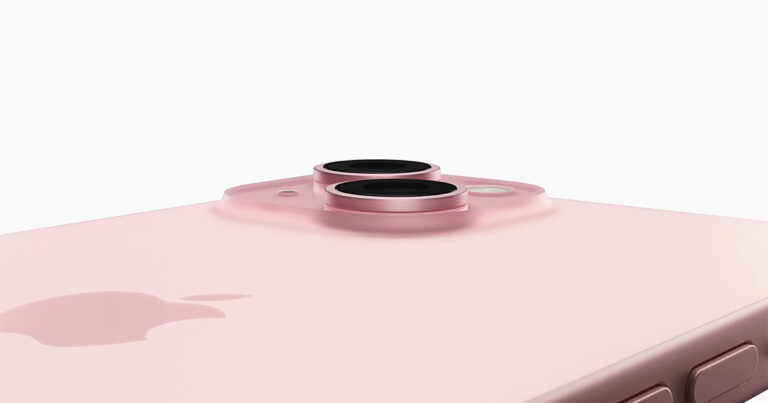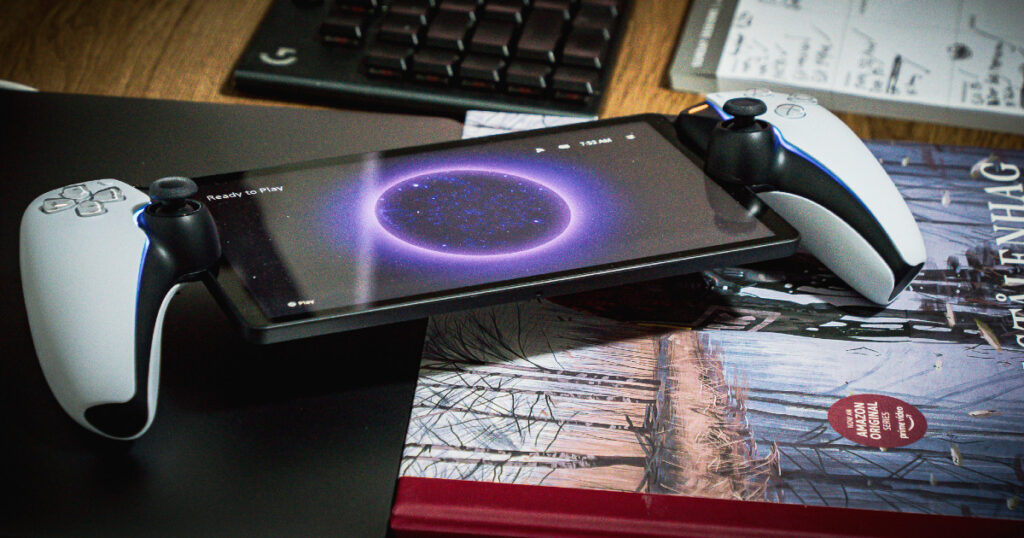Earlier today, Apple introduced the latest iPhone and Apple Watch series, and they come in pink! You read that right. Pretty, pastel, pink.
This isn’t the first time Apple has released a rose-hued device. The iPhone 13 had a pink model, and the iPhone 6s and 7 were strategically labelled ‘Rose Gold’, but this year in particular it holds cultural significance.
Historically, the colour pink has caused a lot of controversy. Through the years it has been associated with aristocracy, the punk movement, prisons, and feminist activism. Thanks to the Barbie movie, the colour pink has had a resurgence in pop-culture this year with online communities calling the style ‘Barbie-core’. Although the hue has been used to denote power and rebellion, it simultaneously has been branded feminine and frivolous. Ultimately labels that Apple may have wanted to avoid for greater market appeal.
This feminine switch started around the 1950’s, after the Second World War. The 1957 film Funny Face includes a song called “Think Pink” which encouraged women to steer away from “the black” and “the blue” - a reference to the colours worn by women during the war. Post-War, the blue-for-boys and pink-for-girls stereotypes began to blossom and continue to this day.
Earlier this year, the Barbie movie became a cultural event. Viewers in droves dressed up in pure, unadulterated pink, catapulting the colour back into Vogue (literally). This film sparked a pink revival across the whole cultural zeitgeist, and Apple using the Pink iPhone 15 as its hero colour is the final flourish.
Of course the colourway is a welcoming nod to women in the male-dominated tech space, but in another sense it is a reconnection with Apple’s roots. Famously Steve Jobs declared Apple for “...the crazy ones. The misfits. The rebels. The troublemakers.” That sounds pretty similar to the history of the colour pink, doesn’t it?





